Go To Market Plan Template Guide For 2025 Success


Imagine unveiling your latest SaaS innovation in 2025, only to watch revenue targets slip away and resources drain because a critical step was overlooked: a robust go to market plan template. Countless ambitious launches have stumbled at this hurdle, leaving teams frustrated and growth stalled.
But it does not have to be this way. This guide is crafted for B2B SaaS and enterprise software leaders seeking a proven, data driven approach to go to market success. You will discover the essentials of a winning plan, strategies for aligning product, marketing, and sales into a unified growth engine, and best practices for leveraging AI and Agentic AI.
Ready to turn ambition into measurable results? Dive in to unlock actionable steps and a downloadable template designed to accelerate your 2025 launch.
What is a Go-To-Market Plan?
Imagine a SaaS startup with a brilliant product, but sales are stalling and teams are pointing fingers. The missing piece? A clear, actionable go to market plan template.
A go to market plan details how a company will launch, promote, and sell its product to the right audience. Unlike a broad business strategy, a GTM plan zeroes in on the exact steps that connect your product, marketing, and sales teams for real revenue impact.
In B2B SaaS and enterprise software, this plan is the backbone of growth. It aligns everyone on who the ideal customers are, what problems you solve, and how you’ll win in a crowded market. Without it, startups and scale-ups risk slow pipeline growth, missed ARR targets, and teams working at cross-purposes.
Common pitfalls of skipping a structured GTM plan include:
- Teams chasing different goals and KPIs
- Unclear messaging that fails to connect with buyers
- Sales cycles dragging on with low conversion rates
Take the example of a SaaS company that missed its ARR goals for two quarters straight. Leadership realized that product, marketing, and sales were each targeting different segments, with no unified GTM approach. Once they adopted a data-driven template, pipeline velocity rebounded.
According to HubSpot, companies with formal GTM plans achieve 20 percent faster revenue growth. The stakes are even higher in 2025, as AI, Agentic AI automation, and shifting buyer journeys demand sharper market moves. For a step-by-step GTM plan template example, explore proven frameworks used by SaaS leaders.
Every market shift, from AI-driven segmentation to digital-first buyers, raises the bar. A robust GTM plan is no longer optional—it’s your competitive edge.

Core Components of a Winning GTM Plan
Launching with a winning go to market plan template means mastering three core components: segmentation, compelling positioning, and a robust sales strategy. Each pillar is vital for driving pipeline growth and ARR in a crowded SaaS market.
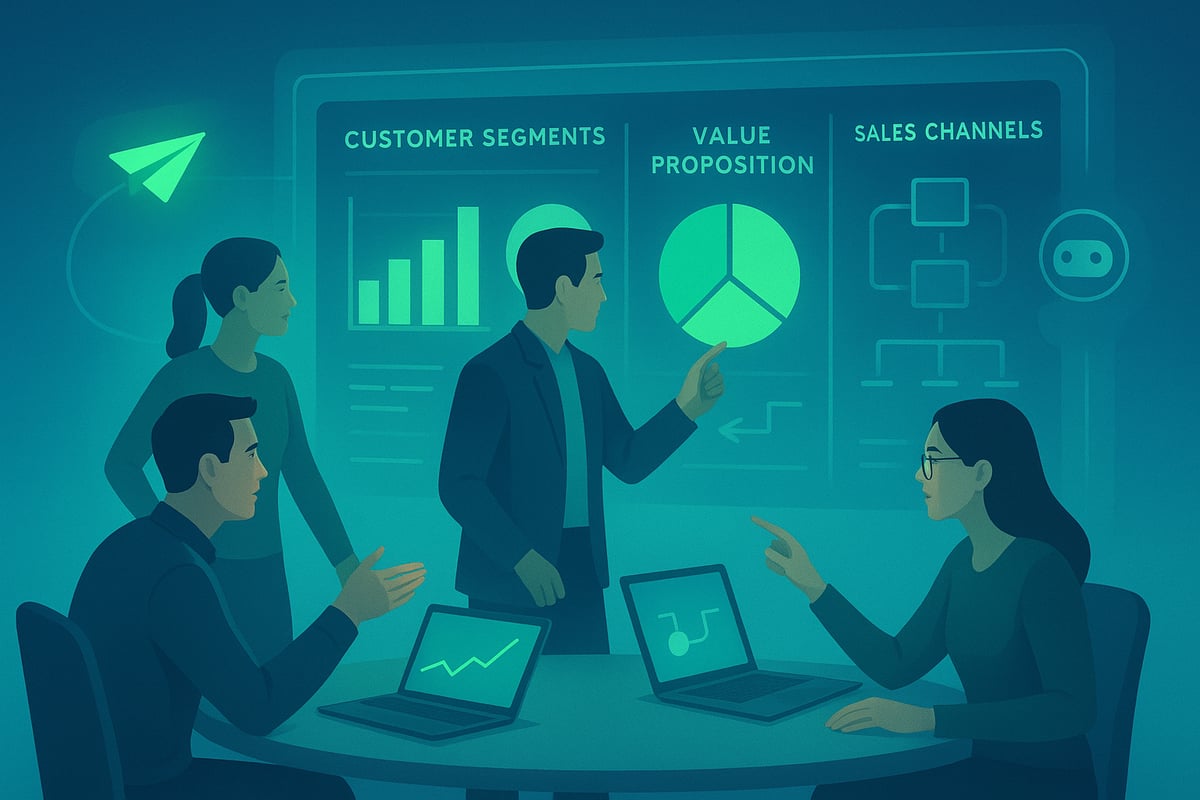
Market and Customer Segmentation
Identifying the right customer segments is the first step to an effective go to market plan template. Use AI tools to analyze behavioral data, firmographics, and buying signals. For example, a vertical SaaS provider might apply machine learning to refine its Ideal Customer Profile, uncovering new opportunities in previously overlooked industries.
- Analyze Total Addressable Market (TAM), Serviceable Available Market (SAM), and Serviceable Obtainable Market (SOM).
- Segment by industry, size, and buyer intent.
- Leverage Agentic AI for dynamic segmentation updates.
With precise segmentation, your team can focus resources on high-value prospects and maximize ROI.
Value Proposition and Positioning
Your messaging must cut through the noise for both technical and business audiences. Start by mapping product features to the specific pain points of each segment. For Agentic AI-enabled products, highlight capabilities like real-time automation and predictive insights.
- Develop clear, differentiated positioning statements.
- Use data: 70 percent of B2B buyers prioritize clear value messaging (Gartner).
- Tailor content for the decision-makers and end users.
Table: Aligning Features to Buyer Needs
| Feature | Buyer Need |
|---|---|
| Automated workflows | Efficiency gains |
| Agentic AI insights | Competitive advantage |
| Scalable integrations | Future-proofing |
Strong positioning ensures your solution stands out and resonates with the right buyers.
Channel and Sales Strategy
Selecting the right channels and empowering sales is crucial. Evaluate direct, partner, and digital routes, then build sales playbooks and objection-handling guides. Integrate marketing automation and Agentic AI agents for prospecting and personalized outreach.
Hybrid models—Product-Led Growth (PLG) combined with Sales-Led Growth (SLG)—are increasingly effective for SaaS. For a deep dive, see this Sales-led growth in enterprise guide. Embedding these elements into your go to market plan template ensures repeatable, scalable growth.
Aligning Product, Marketing, and Sales for Unified Execution
In B2B SaaS, alignment between product, marketing, and sales is the engine that turns strategy into revenue. Without it, even the best go to market plan template can stall out before reaching its destination.
Breaking Down Silos: The Unified Growth Function
Alignment starts with breaking down silos. When teams chase separate KPIs, valuable leads fall through the cracks and pipeline growth slows.
Successful SaaS companies often create cross-functional GTM squads. These teams share goals, meet regularly, and use real-time data to adjust tactics. For example, one vertical SaaS firm doubled its pipeline in six months by uniting product, marketing, and sales into a single growth unit.
- Shared dashboards keep everyone focused.
- Regular retros drive continuous improvement.
- Unified messaging builds trust with buyers.
Data-Driven Execution and Revenue Operations
Unified execution thrives on data. Revenue Operations (RevOps) teams build dashboards that tie every action—campaigns, product updates, sales calls—directly to revenue outcomes.
AI and Agentic Automation now power these dashboards, surfacing insights in real time. Imagine an AI agent flagging a stalled deal or spotting a surge in buyer intent before your competitors do. RevOps ensures that each team acts on these signals fast, keeping the go to market plan template on track and adaptable.
GTM Consult: Data-Driven GTM Alignment
To accelerate alignment, many B2B SaaS leaders turn to expert partners. Go-to-market consulting guide details how GTM Consult unifies product, marketing, and sales using proven frameworks and operational dashboards.
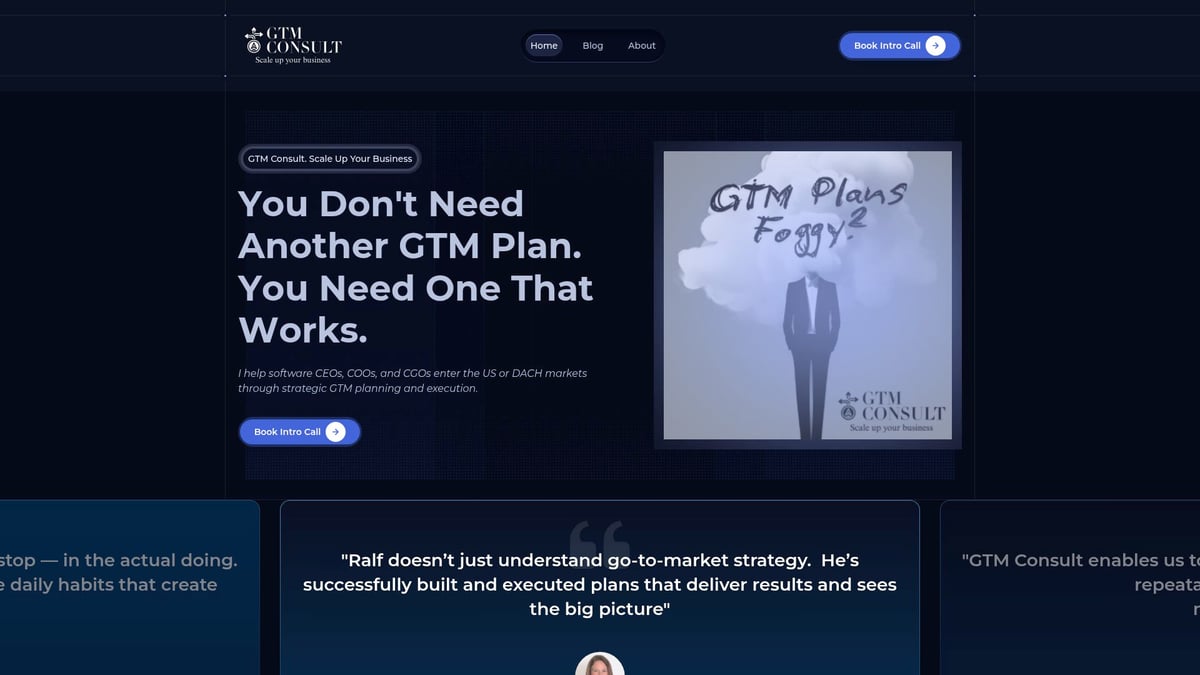
Their approach delivers measurable results:
- 60 percent pipeline contribution in 12 months for xtype.io
- 300 percent lead generation growth for Hadean
- Seamless US and DACH market entry
With a data-driven go to market plan template and Agentic AI, GTM Consult helps teams achieve repeatable, enterprise-grade growth.
Leveraging AI & Agentic Automation in Your 2025 GTM Plan
AI and Agentic Automation are transforming how B2B SaaS and enterprise software companies execute their go to market plan template. In 2025, leveraging these technologies is no longer optional. Teams that harness AI for market analysis, sales automation, and performance measurement outpace competitors in pipeline growth and ARR impact. Let’s explore how you can embed these innovations into your GTM strategy.
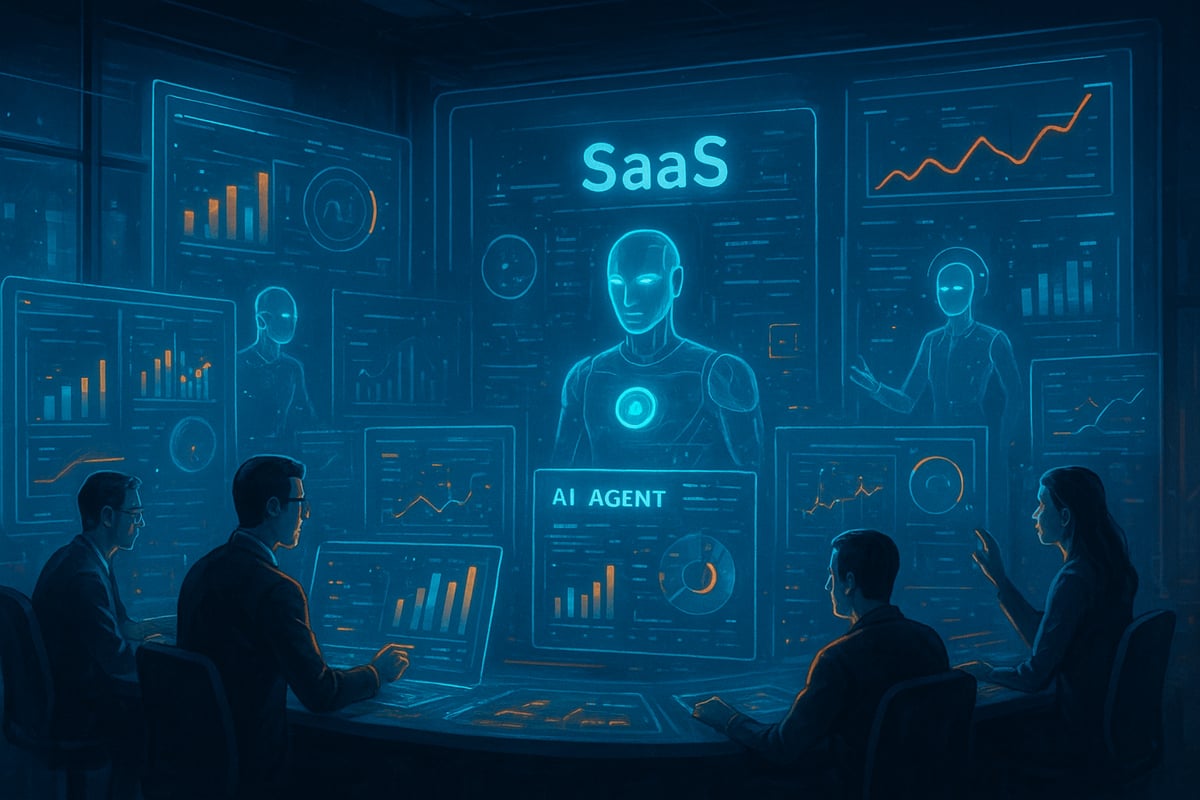
AI-Driven Market Intelligence and Segmentation
Modern GTM teams rely on AI to decode buyer intent, spot competitor moves, and track shifting market signals. By integrating AI tools into your go to market plan template, you can:
- Uncover high-potential customer segments in real time
- Refine your ideal customer profile (ICP) using predictive analytics
- Score leads based on dynamic buying triggers
For example, vertical SaaS firms use AI to segment prospects by industry pain points and digital behavior. According to B2B SaaS Marketing Statistics and Trends, automation and AI are key drivers for pipeline acceleration in 2025.
Agentic AI for Sales and Marketing Automation
Agentic AI, also known as Agentic Automation, brings a new level of intelligence and autonomy to GTM operations. Embedding it within your go to market plan template unlocks:
- Automated prospecting, freeing reps to focus on closing deals
- Hyper-personalized outreach and follow-up sequences
- Opportunity management based on real-time buyer signals
A Forrester study found that 35 percent of B2B organizations using Agentic AI reported sales cycles that were twice as fast as before. Imagine AI agents handling routine tasks, surfacing hot leads, and keeping your pipeline healthy around the clock.
AI-Enabled Enablement and Measurement
AI doesn’t just automate, it empowers teams to continuously improve GTM execution. Advanced platforms create dynamic sales playbooks tailored to evolving buyer needs and product updates.
Key benefits include:
| Feature | Impact on GTM |
|---|---|
| Real-time dashboards | Identify pipeline risks |
| Automated content updates | Keep enablement fresh |
| Predictive analytics | Spot conversion bottlenecks |
With AI-powered measurement, you see exactly where to optimize, ensuring your GTM stays agile and revenue-focused.
Step-by-Step Go-To-Market Plan Template for 2025
A proven go to market plan template is your blueprint for B2B SaaS growth in 2025. Follow these six steps to ensure your product launch is data-driven, aligned, and set up for measurable ARR impact.
Step 1: Define Objectives and Success Metrics
Start by setting clear, measurable goals for your go to market plan template. Identify what success looks like for your pipeline and ARR.
- Example KPIs: MQL to SQL conversion rates, average sales velocity, and churn rate.
- Tie each objective directly to revenue growth.
This clarity ensures every team member knows what targets matter most.
Step 2: Conduct Market Research and Segmentation
Gather both quantitative and qualitative data to map your landscape. Use AI tools to spot emerging trends, whitespace, and refine your ICP.
- Analyze TAM, SAM, and SOM for informed targeting.
- Example: AI-powered segmentation reveals a high-potential vertical missed in manual research.
For deeper insights on SaaS segmentation and PLG channels, see the SaaS Go-To-Market Report.
Step 3: Develop Value Proposition and Positioning
Craft messaging frameworks tailored to each segment. Align your product’s unique features to real customer pain points.
- Example: Differentiate your AI-powered SaaS from legacy solutions with clear, benefit-focused language.
- Validate your messaging with feedback from technical and business buyers.
Strong positioning builds trust and accelerates deal cycles.
Step 4: Build Channel and Sales Strategy
Choose your channels—direct, partner, digital—based on where your audience buys. Integrate sales enablement tools, AI agents, and automation for scale.
- Example: Hybrid PLG and SLG model leverages both self-serve and enterprise sales.
- Create playbooks, objection handling guides, and competitive battlecards.
A unified approach maximizes reach and conversion.
Step 5: Align Teams and Implement RevOps
Launch cross-functional GTM kickoffs to break down silos. Use shared dashboards and feedback loops for transparency.
- Embed Agentic AI for seamless orchestration across product, marketing, and sales.
- Example: Teams using this go to market plan template achieve faster handoffs and fewer pipeline leaks.
Alignment here is key to predictable, repeatable growth.
Step 6: Launch, Measure, and Optimize
Run pilot launches, analyze performance in real time, and iterate quickly. SaaS startups using agile GTM see 25 percent faster market entry.
Avoid common pitfalls by learning from others—read Why GTM strategies fail for actionable lessons.
Common GTM Plan Mistakes and How to Avoid Them
Even the most innovative SaaS products can stumble if their go to market plan template overlooks key execution pitfalls. In the rush to launch, teams often repeat the same avoidable mistakes, risking lost revenue and missed growth targets.
Top go to market plan template mistakes to watch for:
- Ignoring cross-functional alignment: When product, marketing, and sales operate in silos, critical handoffs get lost, and pipeline growth suffers.
- Overlooking AI and Agentic Automation: Relying solely on manual processes slows down GTM execution and limits real-time insights.
- Sticking to outdated buyer personas or untested ICPs: Markets shift fast. Without regular data-driven updates, outreach misses the mark.
- Setting vague or non-revenue-linked KPIs: If teams can't tie actions to pipeline or ARR, optimization is impossible.
- Neglecting sales enablement: Lack of battlecards, playbooks, or training leaves sales teams unprepared for technical objections.
Consider the story of a B2B SaaS firm that missed ARR targets after launching a promising product. The teams worked independently, with outdated ICP assumptions and no unified dashboard. Pipeline stalled, and key opportunities slipped through the cracks.
According to HubSpot, 67% of failed product launches cite poor GTM execution as a primary cause. The State of B2B SaaS in 2025 Report confirms that companies integrating AI and automation into their GTM strategies outperform their peers in both pipeline velocity and revenue growth.
To avoid these pitfalls, revisit your go to market plan template regularly. Prioritize team alignment, embrace Agentic AI for automation, and update your ICPs using fresh data. With the right habits, your next GTM launch can become a growth engine instead of a cautionary tale.
After seeing firsthand how even the smartest teams can hit roadblocks without a unified GTM plan, I know just how much alignment and data-driven execution matter—especially in a fast-changing market like 2025. We’ve covered the essentials, from breaking down silos to harnessing AI and turning playbooks into real pipeline and ARR. If you’re ready to move beyond theory and get practical advice tailored to your SaaS journey, I’d love to hear your story. Let’s map out your next steps together—Book Your Personal Intro Call.

Latest From
The Blog
Go To Market Strategy Consulting Guide For 2025 Success

Go To Market Strategy McKinsey Guide For Success 2025

Crossing the Enterprise Chasm: A Practical Guide to Sales-Led Growth (SLG)


Let's Build The Future Together



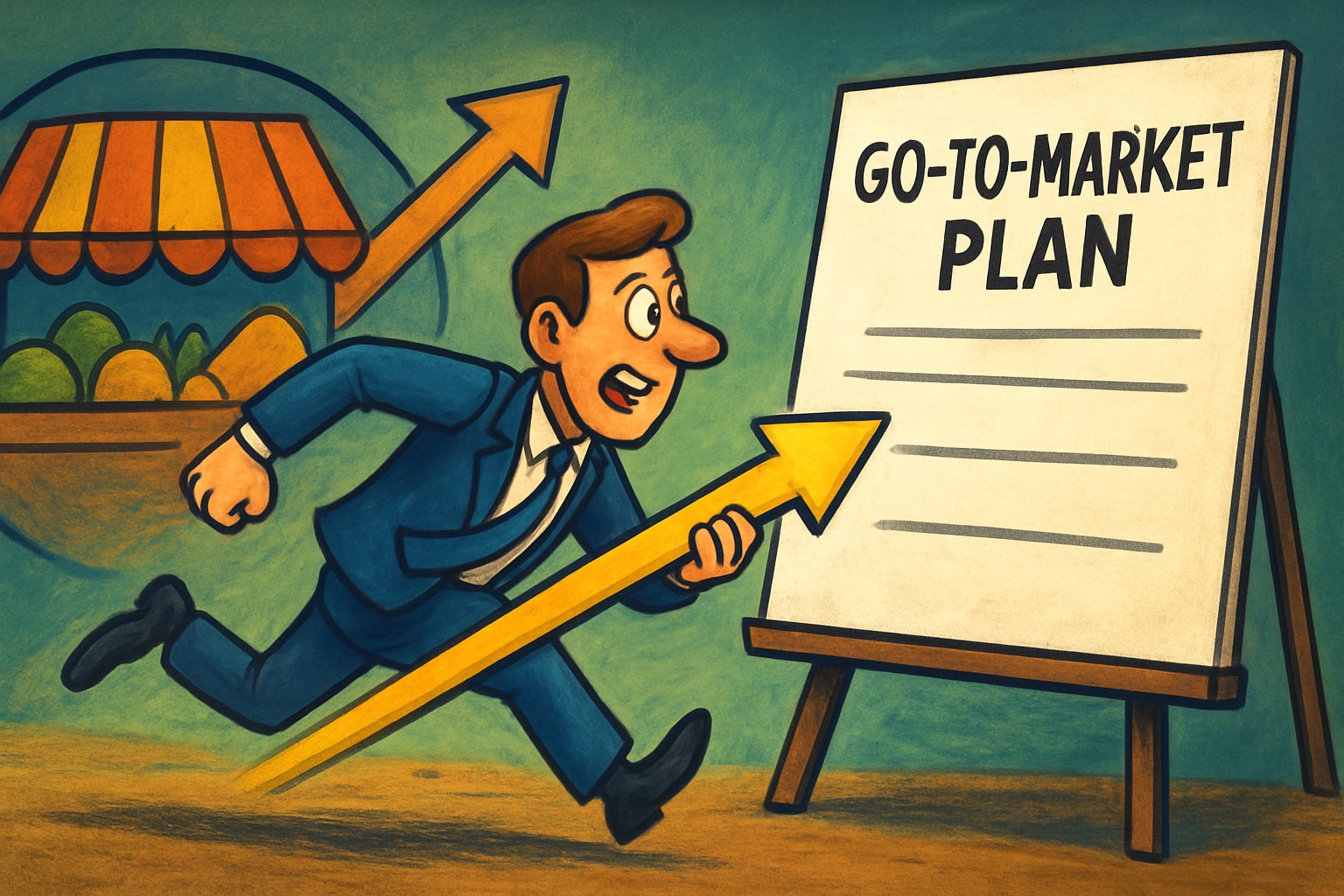
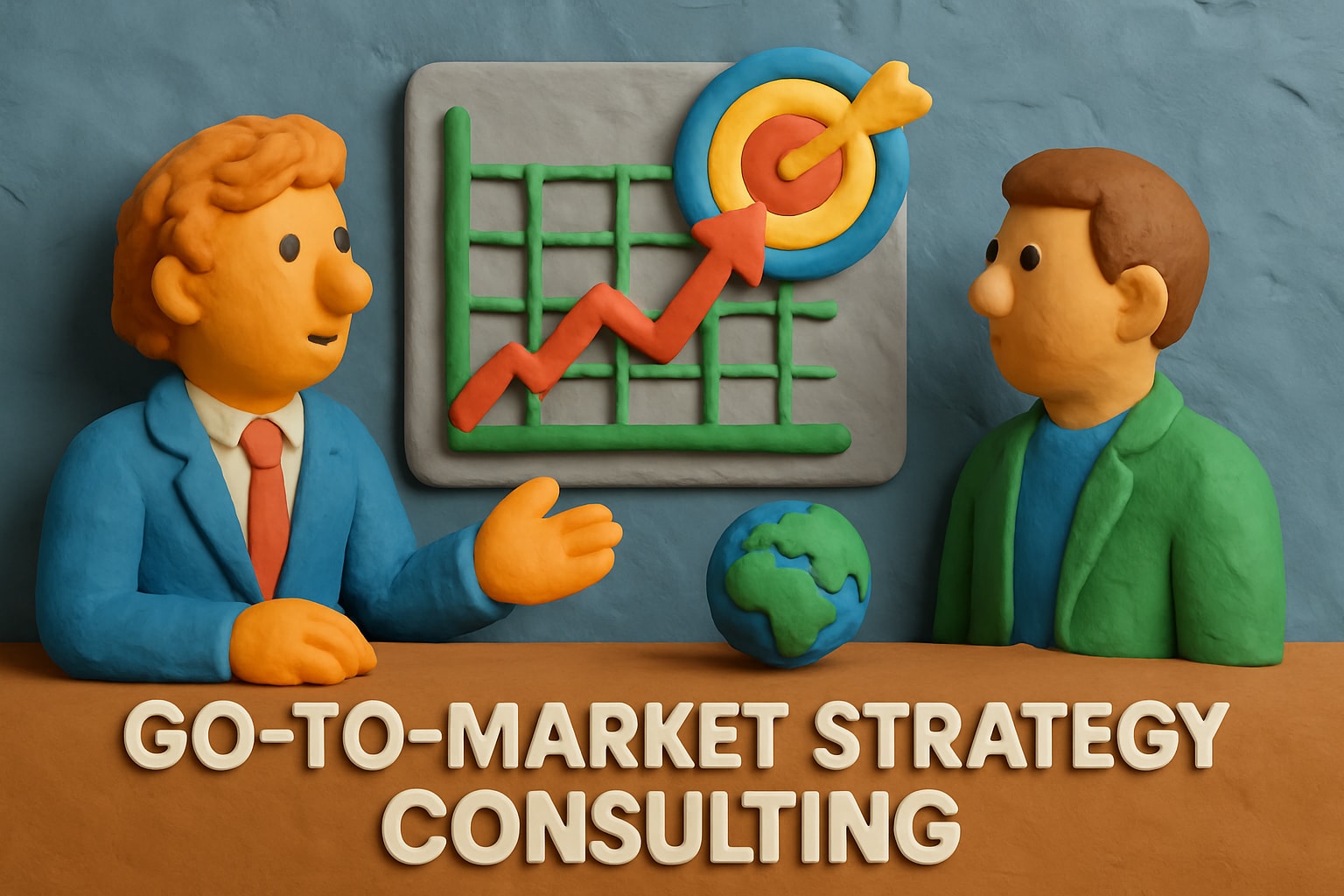
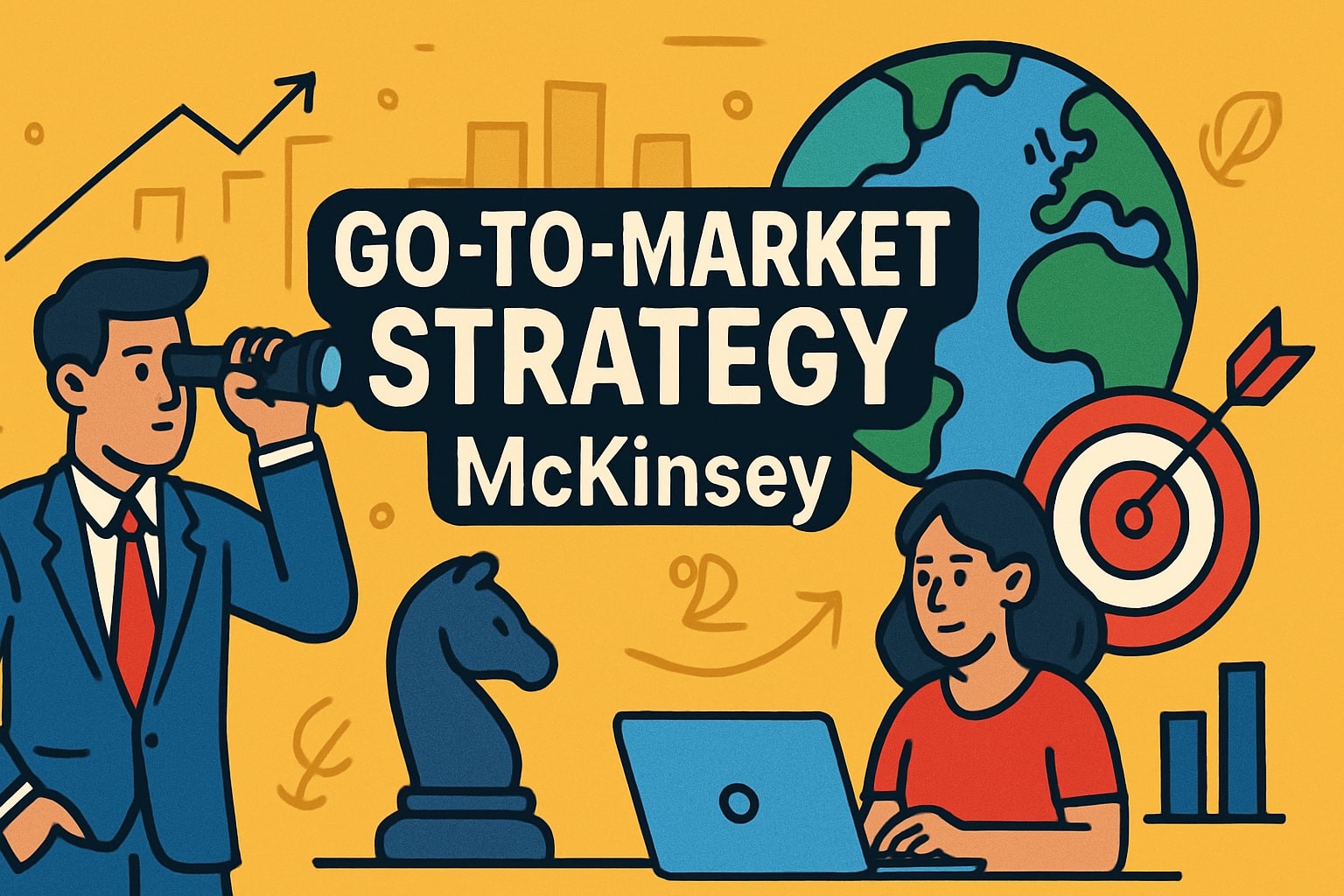
.jpg)